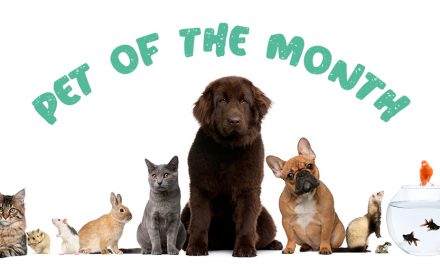Like the seaweed that clings to each other after each passing of a boat separates them, so too a family will come together with the passing of each crisis.
~ Indonesian Proverb
How about a way to protect our hamburgers and steaks from the wrath of Greenies that want to outlaw the meat business and cowboys to boot (pun)?
In a study at U.C. Davis reported by Diane Nelson in the College of Agricultural & Environmental Sciences to the California Ag Network and PLOS ONE journal, feeding cattle seaweed products reduces Greenhouse gas emissions by a whopping 82 percent which would be a big game-changer.
This discovery would help pave the way for a real, sustainable production of livestock all over the world.
The good thing that I see is that it doesn’t take much seaweed in the cattle’s diet to produce the change. Last summer, Ermias Kebreab, professor in U.C. Davis Animal Science Department and Chair of the World Food Center, and his Ph.D. graduate student Breanna Roque, conducted a study feeding small amounts of seaweed to the diet of 21 beef cattle over five months last summer. They tracked their weight gain and methane emissions. Those cattle with four doses/day of only 80 grams (3 ounces) of seaweed gained as much weight as the other cattle in the herd while burping out the 82 percent less methane gas into the air. Contrary to popular opinion, cows emit the majority of methane burping rather than farting.
Greenhouse gases are believed to be a major factor and cause of changing climate. Methane is a potent greenhouse gas. In the U.S., agriculture is being charged as the cause of 10 percent of the greenhouse gas, and that half comes from cows and other ruminants. Ruminants have a four-chamber stomach and two-toed feet. They chew their food, regurgitate the partially dissolved solids (cud), chew them again, and re-swallow as they forage on grass and hay. Other ruminants include sheep, deer, goats, and giraffes.
There are a lot of activists out there wanting people to eat less meat and legislate cutting back on cattle and sheep production to address climate change. The problem is there isn’t that much land on earth that is good enough for growing crops, just a tiny fraction. There is a whole lot more ground worldwide that is suitable for grazing, which is sorely needed to feed 10 billion people that will soon be on this planet. So, livestock is very important, and because much of livestock’s methane comes from the animal itself, nutrition is the key.
Seaweed inhibits the enzyme in the digestion system in the cow that adds to the methane gas. The cattle that consumed the seaweed emitted much less methane than the other cattle in the lot, and there wasn’t any drop-off of efficacy (intended result) as the cattle grew older. The taste tests found no flavor difference from the meat of the cattle eating the seaweed (Asparagopsis taxiformis) nor any impact on the taste of milk from the dairy cattle. The next study is to find a way to provide ranchers to get the seaweed product to the cattle on the wide-open range.
I see one problem, and that is seaweed is under attack by millions of hungry purple sea urchins that have been wiping out underwater kelp forests in Northern California and heading north to Oregon. The delicate marine ecosystem is so bad that critical species are starving to death. An article in the Associated Press by Terence Che and Gillian Flaccus stated that 90 percent of the giant bull kelp forest in Northern California have been devoured by the urchins and maybe never return. The urchins are killing off vital fisheries for red abalone and red sea urchins. Of the red abalone, 96 percent have disappeared from California’s North Coast, whereas the purple sea urchins increased six-fold. You can’t control them by just smashing them because there are too many.
In 2013, a mysterious disease began wiping out tens of millions of starfish, especially the sunflower sea star, which is the only real predator of the extra tough purple urchin. About the same time, the urchins had two excellent breeding years, and with no predators, the little bas#*/rds ate everything in sight. Perhaps, the warmer than usual waters in the Pacific had something to with it. Maybe, John Linsey at PG&E can shed some light in one of his articles in the Tribune about the problem.
These critters are eating themselves into starvation also, but unlike other kelp dependant species, they can go into dormancy, stop reproducing, live for years with no food. An Industry is being developed to pay underemployed red sea urchin and abalone divers to grab the shriveled but living purples and transfer them to urchin ranches to be fattened up and sell the roe to seafood markets around the world. This may be part of the answer, and maybe the kelp in those areas can rebound, but it is such a large-scale ecological problem it isn’t one you can just eat your way out of.
A last personal note: when looking out at the seaweed harvester in the Bay, I have always thought what a great job almost like mowing alfalfa as I did as a teenager. Being out on the water, driving back and forth harvesting the seaweed alone with the elements, life would be good.






